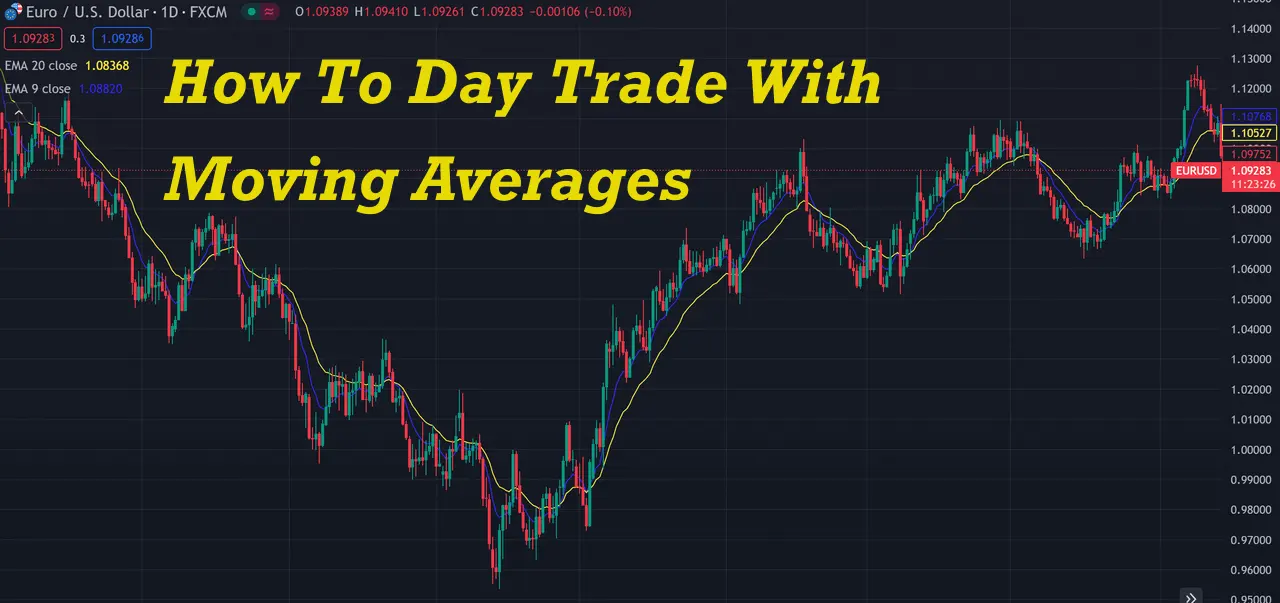简体中文
繁體中文
English
Pусский
日本語
ภาษาไทย
Tiếng Việt
Bahasa Indonesia
Español
हिन्दी
Filippiiniläinen
Français
Deutsch
Português
Türkçe
한국어
العربية
Swiss National Bank shifts focus to inflation after doubling forecast
Abstract:The Swiss National Bank kept its ultra-expansive monetary policy on hold on Thursday, bucking the trend of other central banks which have started hiking interest rates to tackle rising inflation.

The Swiss National Bank will take “all necessary measures” to tackle higher prices in Switzerland, SNB Chairman Thomas Jordan said on Thursday, indicating a shift in tone at the central bank that for years has battled to tame the strong Swiss franc.
The SNB doubled its inflation forecast for this year, citing higher energy costs, production bottlenecks and the Ukraine war.
It now sees 2022 inflation at 2.1%, lower than in many countries but still exceeding its target for limiting annual price increases to 0-2%.
Unlike the U.S. Federal Reserve and the Bank of England, the SNB held off hiking interest rates, sticking with the worlds lowest interest rate of minus 0.75% as expected.
Certainly, Switzerlands relatively tame inflation rate gives the SNB some flexibility.
Still, Jordan said the central bank was determined to control inflation, indicating potential readiness to shift from the ultra-expansive monetary course pursued over the last seven years.
“We are not at all powerless, we look at these inflation forecasts and we will take all necessary measures in order to maintain price stability over the medium to long term,” Jordan told journalists.
The SNB steers monetary conditions via the francs exchange rate and interest rates, and would adjust tools if necessary, he added.
The franc strengthened versus the euro after the SNBs announcement, with the EUR/CHF exchange rate reaching 1.0213 at one point, its highest valuation since March 14.
We are in the business of that for a very long time and if necessary we have to adjust those monetary conditions so inflation remains or returns to the range of price stability.
“We also have to look we do not fall into a situation where we have the opposite problem where inflation becomes too low.”
The franc strengthened as the market interpreted the SNB‘s comments to mean the bank could cope with the currency’s current strength, indicating it may intervene less in future to weaken the currency.
Economists said the higher inflation forecasts and Jordans comments indicated a more flexible approach at the SNB.
“Jordans comments … carry a hint of hawkishness and seems to me to be preparing the grounds for days when the SNB no longer maintains the status quo as a matter of course,” said David Oxley at Capital Economics.
“The end of its prolonged period of policy stasis is drawing closer.”
With the SNB forecasting inflation of 0.9% in both 2023 and 2024, the central bank also had to prevent the country falling into deflation, said Karsten Junius, an economist at J.Safra Sarasin.
“The SNB has to monitor risks to its definition of price stability on both sides,” Junius said. “It therefore has to indicate that it stands ready to adjust its policy in both directions.”
While keeping policy unchanged, the SNB retained its description of the franc as “highly valued”, despite the currency recently hitting its highest level against the euro in seven years.
Jordan said the SNB did not have a particular “pain threshold” for the franc‘s valuation, which was being driven by higher inflation abroad as well as the franc’s safe-haven status.
The francs strength also helps Switzerland overcome rising inflation by making imports cheaper, he said.
Many analysts expect the SNB to wait for the European Central Bank to raise rates before starting its own round of hikes, although Jordan stressed Switzerlands independence.
“We never wait for another central bank, we make monetary policy with the goal of maintaining price stability,” he said.

Disclaimer:
The views in this article only represent the author's personal views, and do not constitute investment advice on this platform. This platform does not guarantee the accuracy, completeness and timeliness of the information in the article, and will not be liable for any loss caused by the use of or reliance on the information in the article.
Read more

Guide to Trading News Releases & Navigating Market Volatility
Understanding when key news releases occur, identifying the most impactful ones, and effectively trading them while managing risk can set you apart from the competition. This article delves into these aspects, helping you navigate the complexities of trading forex on news releases.

How Does RSI Divergence Work in Trading: Top Cases
The Relative Strength Index, short for RSI, is primarily used to evaluate the strength of bullish and bearish forces and measure the momentum of price changes in terms of speed and magnitude.

How To Day Trade With Moving Averages
Every successful day trader adheres to a set of strictly followed trading systems and commonly used technical indicators, and moving averages remain a popular choice due to its user-friendly nature and high practicality. By using moving averages, traders can smooth out time fluctuations and more easily identify the future price trend, thus, featuring a higher rate of successful day trading.

The History of Ponzi Schemes
This article outlines the history of Ponzi schemes, highlighting the infamous Charles Ponzi, Bernie Madoff, and beyond.
WikiFX Broker
Latest News
CWG Markets Got FSCA, South Africa Authorisation
Amazon launches Temu and Shein rival with \crazy low\ prices
CySEC Warns Against Unauthorized Investment Firms in Cyprus
Revolut X Expands Crypto Exchange Across Europe, Targeting Pro Traders
Crypto Scammer Pleads Guilty in $73 Million “Pig Butchering” Fraud
Capital.com Shifts to Regional Leadership as CEO Kypros Zoumidou Steps Down
Broker Review: Is Exnova Legit?
Why Even the Highly Educated Fall Victim to Investment Scams?
Warning Against Globalmarketsbull & Cryptclubmarket
FBI Raids Polymarket CEO’s Home Amid 2024 Election Bet Probe
Currency Calculator


